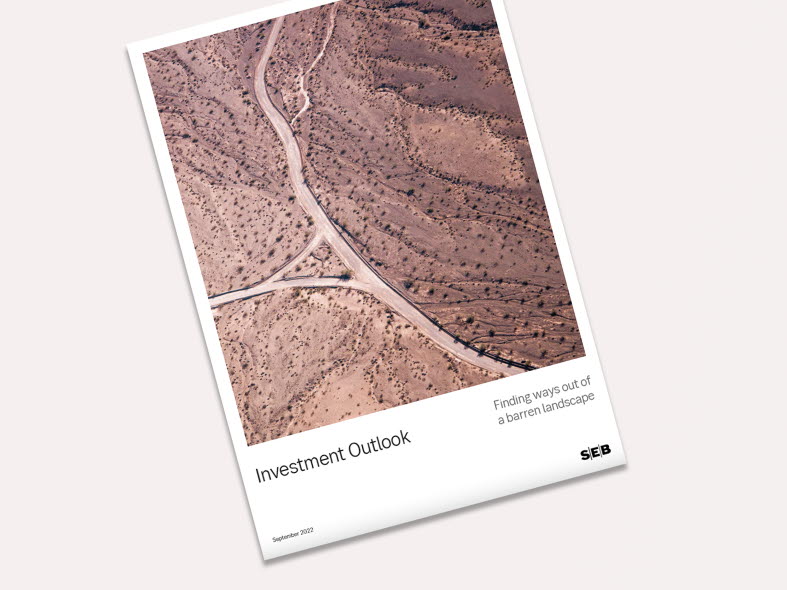Federal Reserve policy announcement today
Although yesterday’s Swedish financial news headlines were dominated by the Riksbank’s record key rate hike (more below), global financial markets are of course mainly focusing on the US central bank and its monetary policy announcement due later today, September 21. Analysts expect a 75 basis point (bp) rate hike, although a larger one cannot be ruled out. The Fed will also publish new economic forecasts and a “dot plot” of its policymakers’ rate path predictions.
Riksbank hikes its key rate by a record 100 bps
Yesterday, September 20, Sweden’s Riksbank announced a key interest rate hike of 1 percentage point (100 bps) to 1.75%. This was higher than the widely expected 75 bps but entirely in line with market expectations.
Flash PMI figures will be published on Friday
Aside from this week’s key rate announcements, it is worth noting that on September 23, S&P Global will be publishing preliminary (“flash”) purchasing managers’ index figures for the US, the euro zone and some other advanced economies. The consensus view is that these PMIs will reflect a continued slowdown in economic growth, especially in Europe – which faces a troublesome energy crisis.
New Investment Outlook out!

Finding ways out of a barren landscape
The economic situation has deteriorated further since the summer. We are heading into a clear slowdown, perhaps best described as a mild recession. We expect genuine weakness in 2023 as a whole, but we believe that 2024 will show a clear improvement in economic growth. Falling growth and rising inflation have had a severe impact on stock and fixed income markets. But depressed risk appetite, more palatable valuation levels and a light on the economic horizon will help us to achieve a balanced picture of the appropriate risk level in our portfolios, despite potential hazards.
Yesterday we published the latest edition of our quarterly Investment Outlook report, in which you can see our forecasts for equities, fixed income and other asset classes and read in-depth theme articles about current trends.
